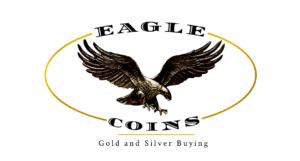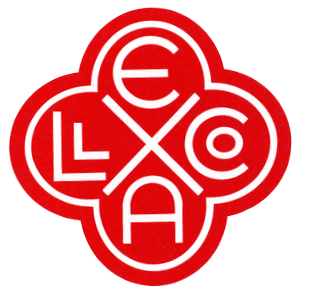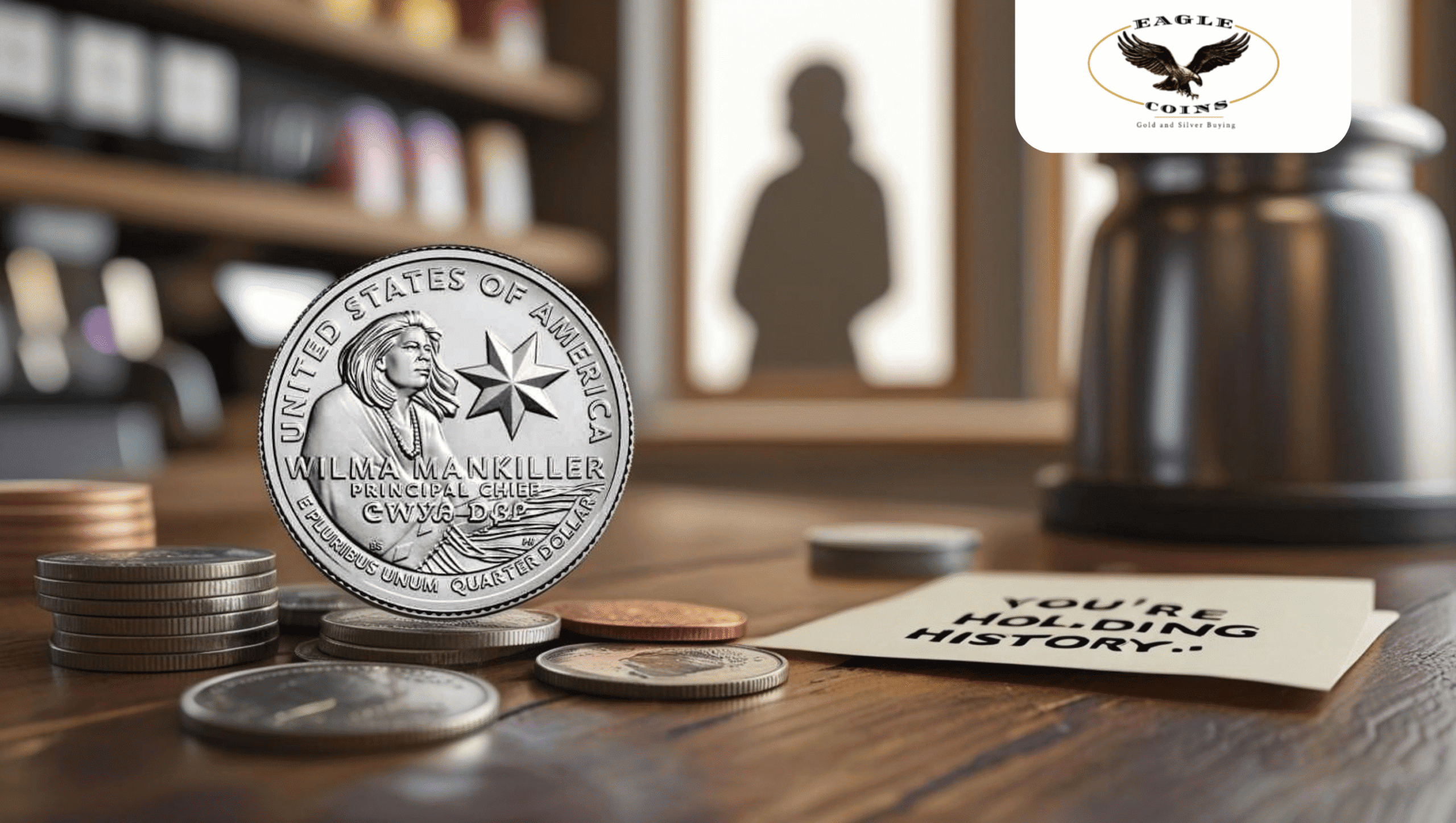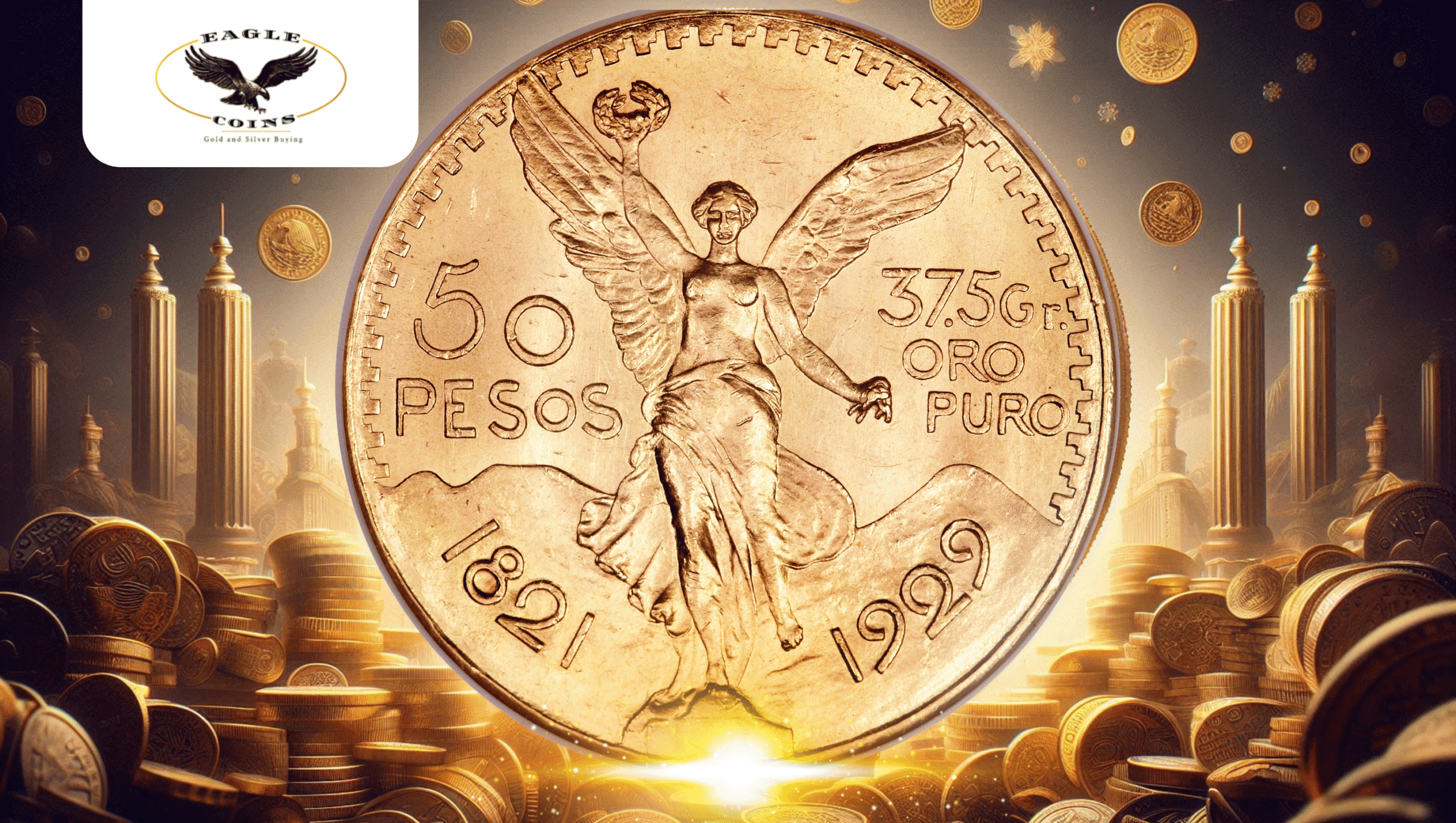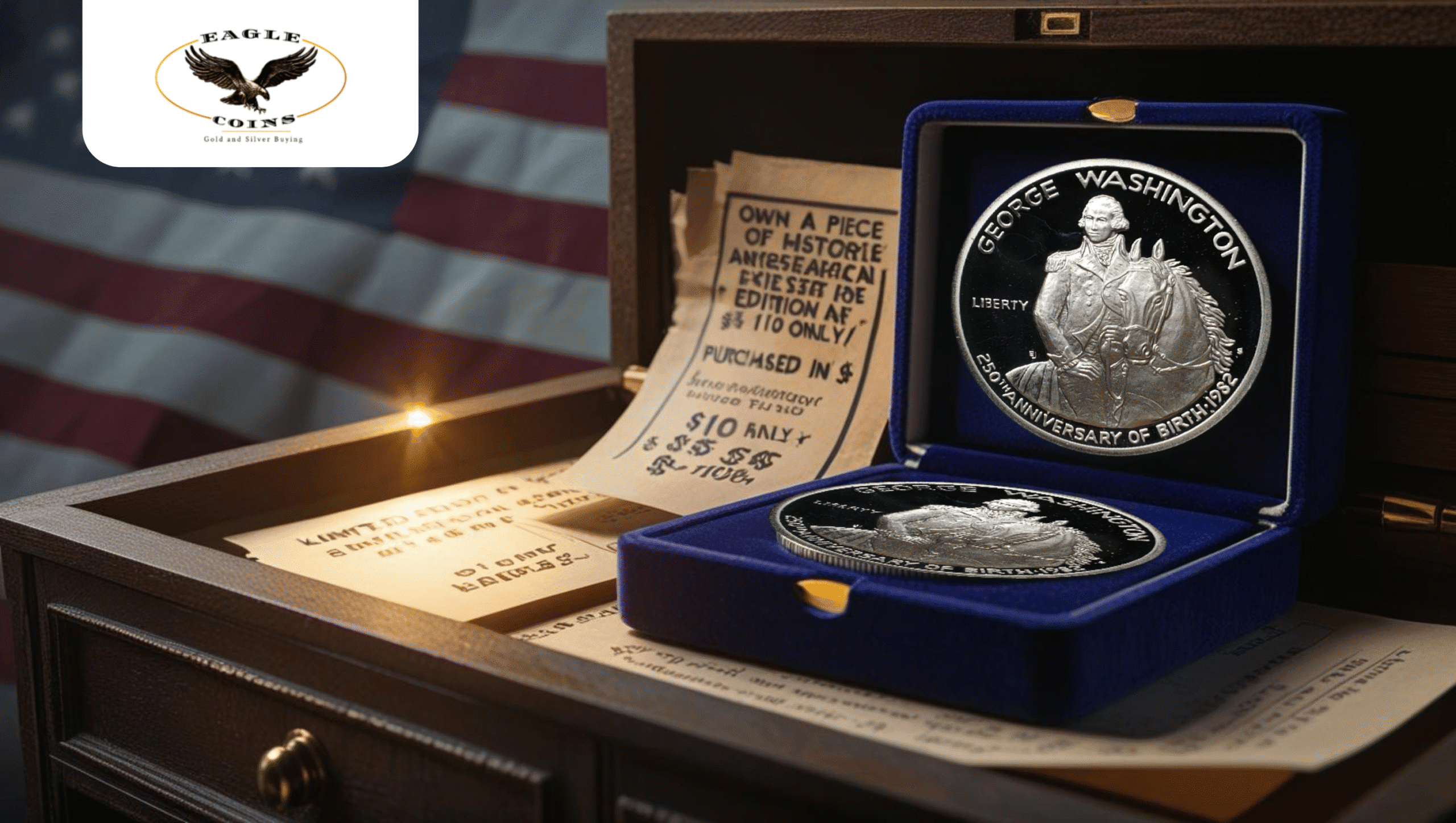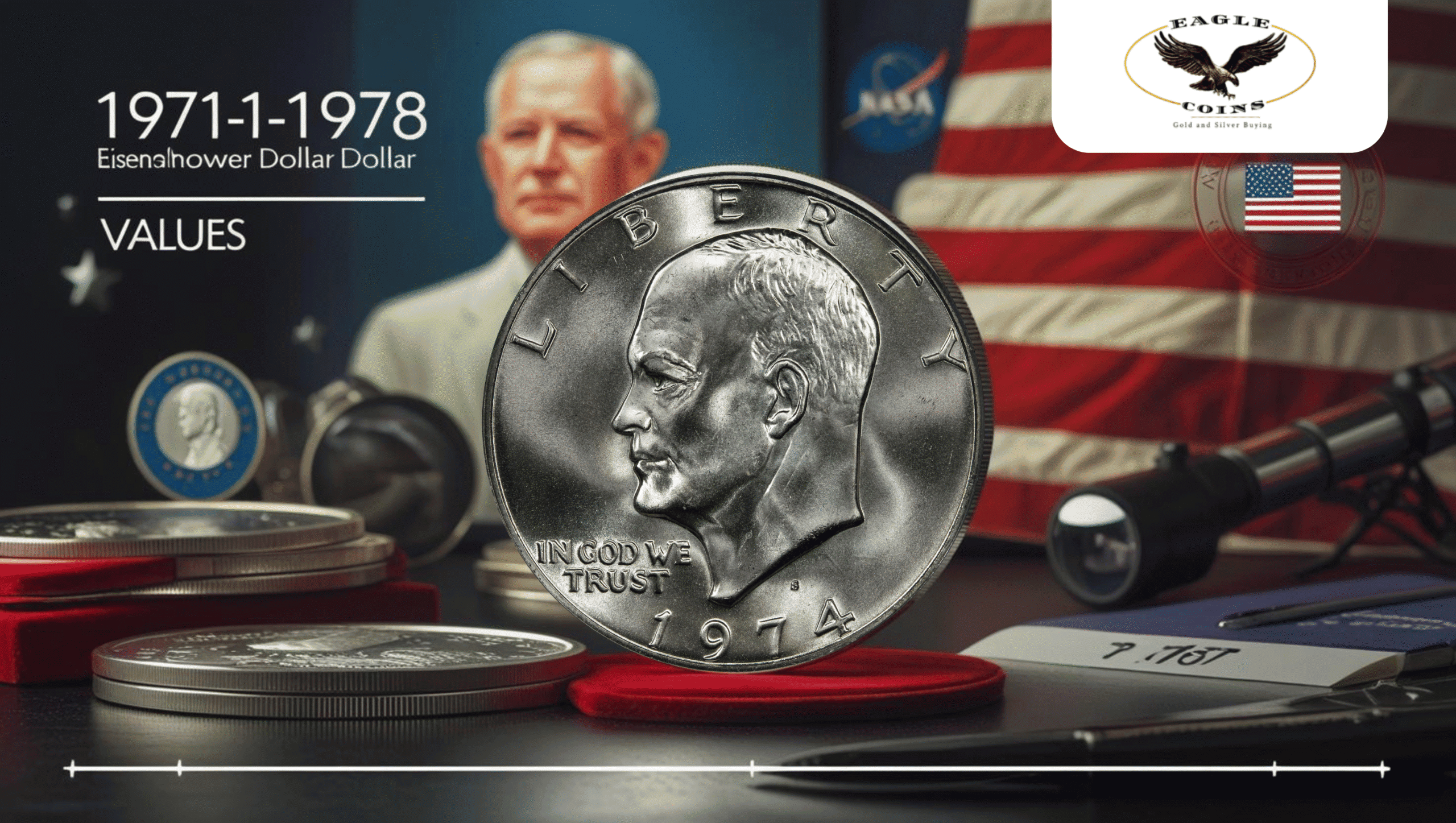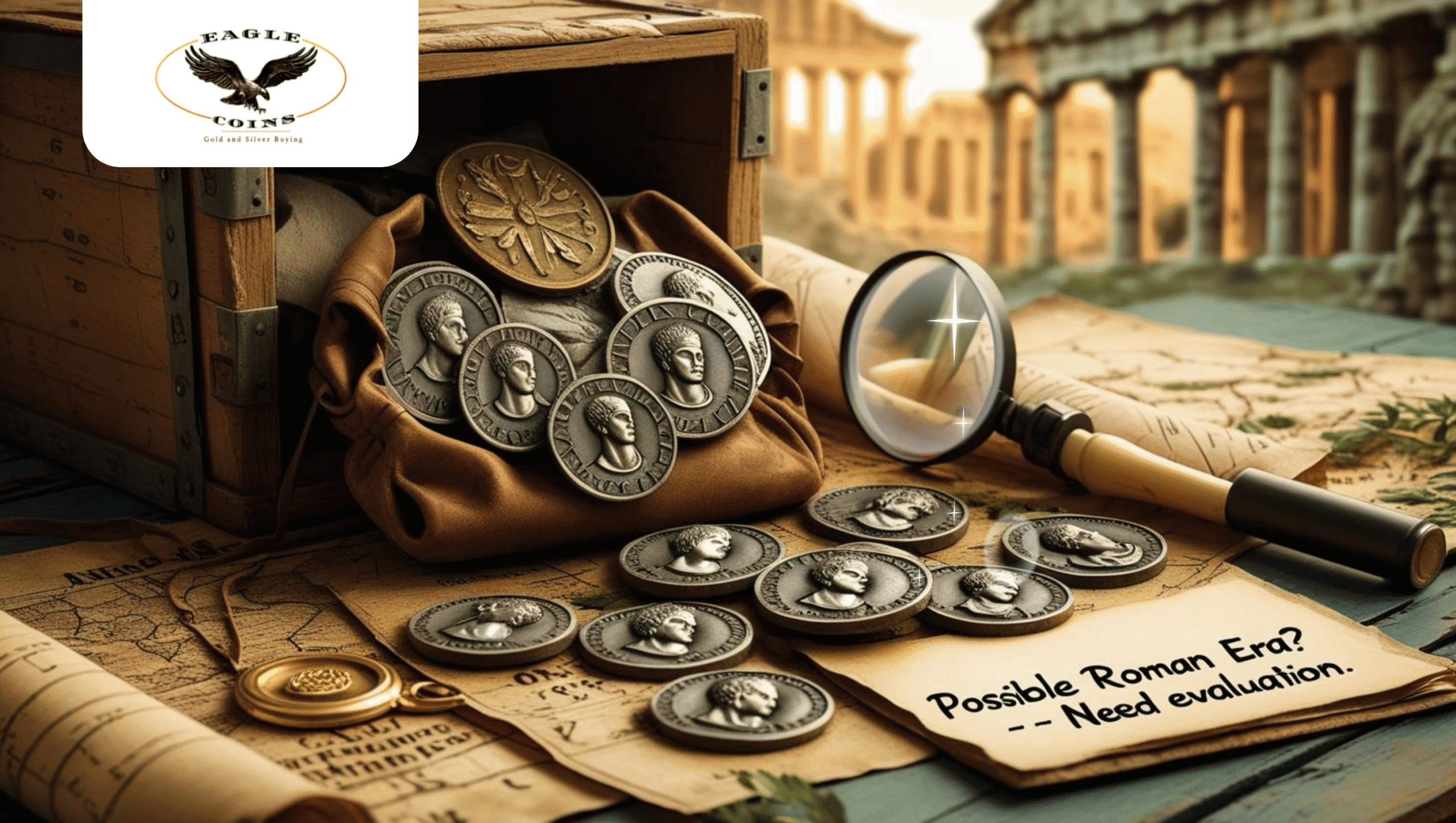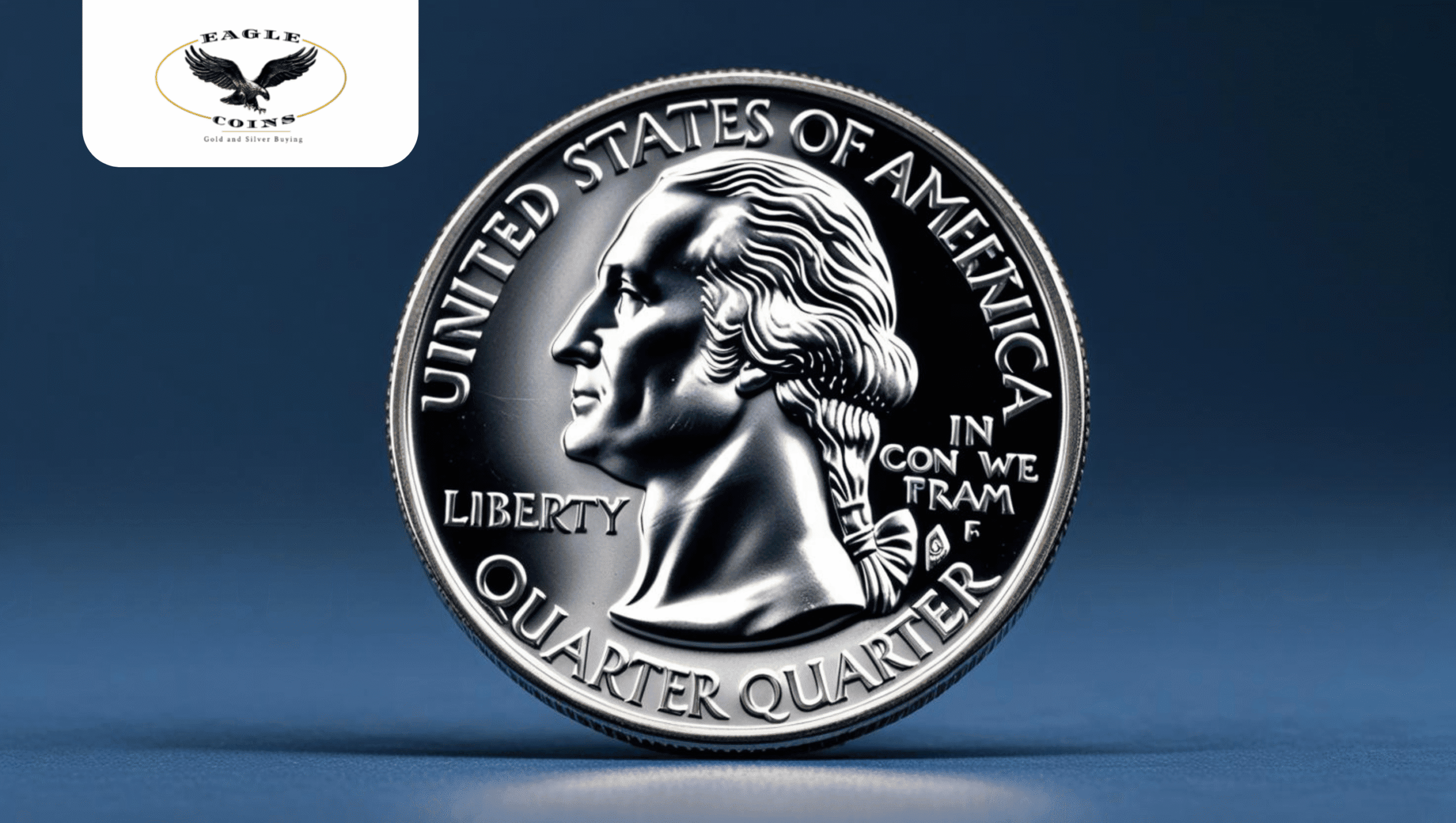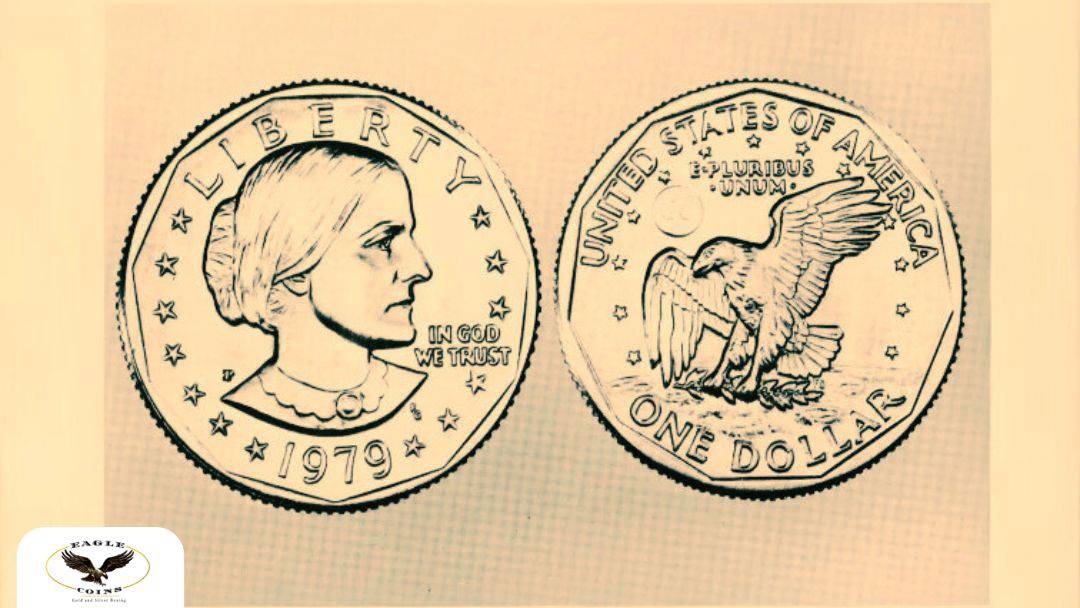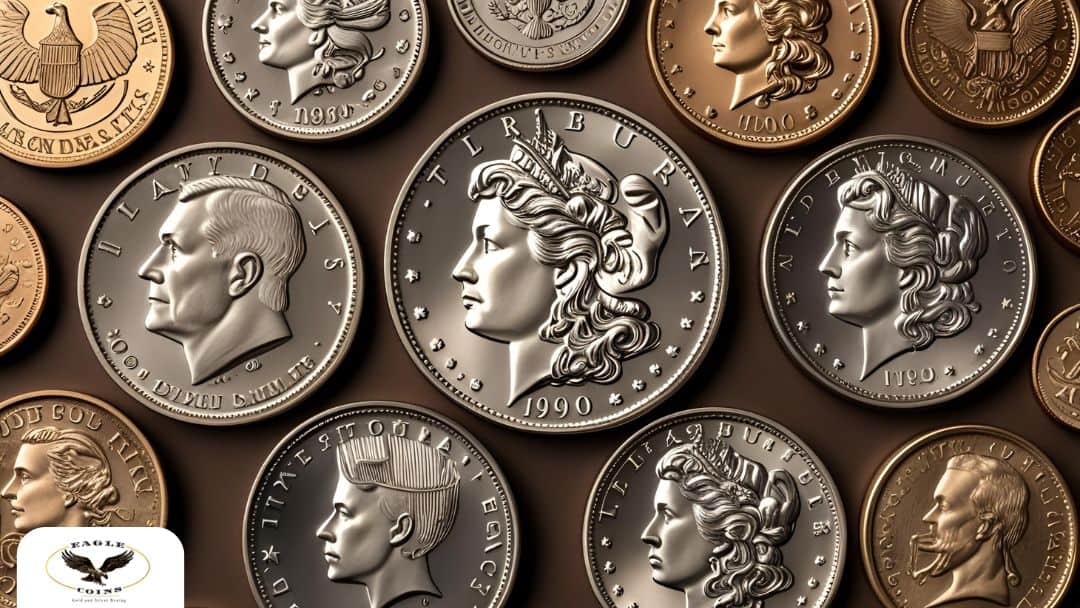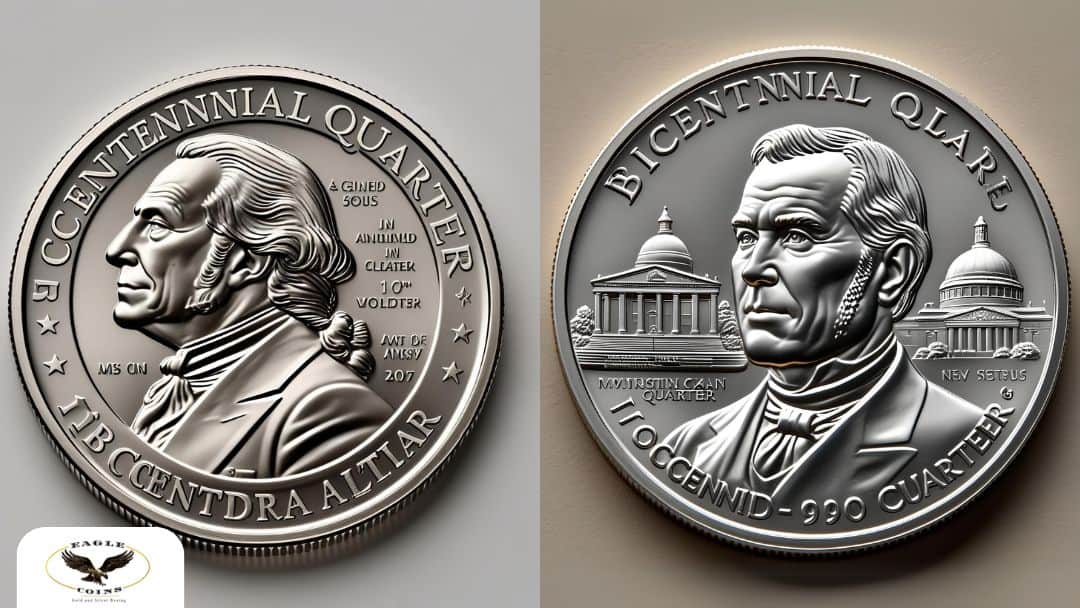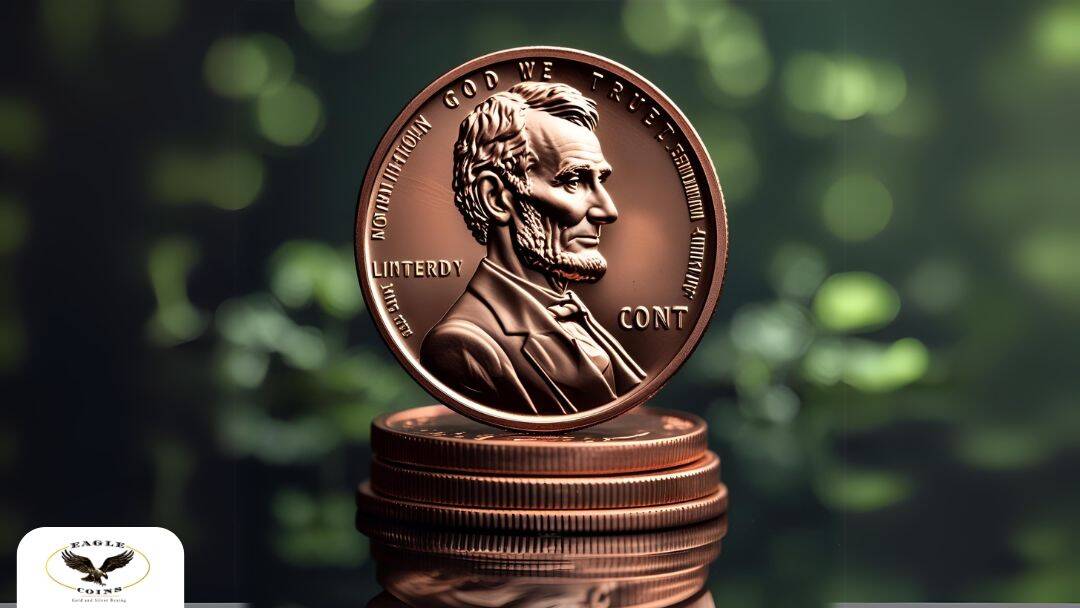
Your cashier at the coffee shop hands you change, and something catches your eye – a quarter that looks completely different from the usual Washington design. Instead of the familiar presidential profile, you’re looking at a Native American woman you don’t recognize. Before you dismiss it as just another commemorative piece, consider this: you might be holding the first quarter in U.S. history to feature a Native American woman on circulating currency.
The Wilma Mankiller quarter represents a watershed moment in American coinage, breaking barriers that have stood for over two centuries. Unlike expensive collector coins that most people never see, these quarters entered everyday circulation, meaning they’re hiding in plain sight in cash registers, tip jars, and banking systems across America.
Most people receiving these coins have no idea they’re handling a piece of groundbreaking history. The difference between recognizing what you have and treating it as ordinary change can mean the difference between preserving something significant and letting history slip through your fingers.
At Eagle Coins Gold and Silver Buying, we help people understand the value of coins they discover, including modern pieces that families often overlook. If you’ve found what looks like an unusual quarter featuring a Native American woman, here’s what you should know about its significance and potential value.
Wilma Mankiller: The Woman Behind the Coin
Understanding why this woman deserves a place on American currency helps explain the coin’s lasting appeal. Born in rural Oklahoma in 1945, Mankiller’s family was forced to relocate to California during a drought when she was just eleven. Her childhood experiences shaped her understanding of hardship and community needs.
Key Achievements:
- First female Principal Chief of Cherokee Nation (1985-1995)
- Transformed tribal healthcare and education systems
- Secured millions in federal grants for community development
- Received Presidential Medal of Freedom in 1998
Her leadership during the 1980s and 1990s modernized Cherokee governance while preserving cultural traditions. Mankiller’s philosophy focused on community-driven solutions, transforming Cherokee Nation from a struggling organization into a thriving, self-sufficient community.
The 2022 Wilma Mankiller Quarter Program
The 2022 Wilma Mankiller quarter launched the American Women Quarters Program, a four-year series running through 2025. This program represents the most diverse commemorative quarter series in U.S. history.
Program Details:
- Five women honored annually (2022-2025)
- Released into regular circulation nationwide
- Produced at three different mint facilities
- Part of broader effort to diversify American coinage
2022 Honorees: The Wilma Mankiller quarter was released alongside quarters honoring Maya Angelou, Dr. Sally Ride, Nina Otero-Warren, and Anna May Wong. Each woman represents different aspects of American achievement and diversity.
Circulation Strategy: Unlike many commemorative coins that cost extra money, these quarters entered regular circulation through banking systems. This means you can find them in everyday change, bank rolls, or cash registers without paying collector premiums.
Wilma Mankiller Quarter Release Date and Availability
Understanding the Wilma Mankiller quarter release date helps explain current availability:
Release Timeline:
- Spring 2022: Initial production and first circulation appearances
- Summer 2022: Widespread distribution across most states
- Fall 2022: Peak availability in most regions
Geographic Distribution – New quarters typically appear first near mint facilities, then spread nationally through Federal Reserve distribution. Some regions received these coins months before others.
Current Availability – Most areas now have regular access to these quarters through normal banking channels. However, finding uncirculated examples becomes increasingly difficult as circulation wear affects available specimens.
Production Numbers: Wilma Mankiller Quarter How Many Made
The question “Wilma Mankiller quarter how many made” reveals interesting production patterns:
| Mint Location | Approximate Mintage | Type |
| Philadelphia (P) | 310+ million | Circulation |
| Denver (D) | 296+ million | Circulation |
| San Francisco (S) | 303,000 | Collector versions |
Circulation Production – Combined Philadelphia and Denver production exceeded 600 million quarters, making them readily available in circulation. These massive numbers ensure most people can find examples without difficulty.
Collector Versions – San Francisco produced special proof and uncirculated versions in much smaller quantities. These limited-production pieces typically command higher premiums than regular circulation strikes.
Rarity Factors – While total production was enormous, finding high-grade uncirculated examples becomes more challenging over time. Early collectors who obtained bank rolls often secured the best specimens before circulation wear occurred.
Identifying Valuable Varieties
Not all Wilma Mankiller quarters have the same value. Several factors determine whether your quarter deserves special attention:
Mint Marks to Look For:
- P or D mint marks: Common circulation strikes, typically face value unless uncirculated
- S mint mark: Collector versions, often worth $10-50+ depending on grade
- No mint mark: Error coins that could be valuable
Condition Assessment:
- Circulated: Shows wear, typically worth 25 cents
- Uncirculated: No wear, might be worth $1-5
- High grade uncirculated: Exceptional condition, potentially $10-25
- Proof versions: Special collector coins, $15-50+
Error Varieties to Watch For: Recent discoveries include several valuable error types:
| Error Type | Description | Potential Value |
| Die Breaks | Raised lines from cracked dies | $50-1,500 |
| Off-Center Strikes | Design shifted from center | $25-500 |
| Wrong Planchet | Struck on different coin blank | $100-1,000+ |
What Makes These Quarters Collectible?
Several factors drive collector interest beyond the historical significance:
- First of Its Kind: Being the first Native American woman on circulating U.S. currency creates permanent historical appeal that transcends typical commemorative coin markets.
- Accessibility: Unlike expensive government commemoratives, these quarters can be found in pocket change, making them accessible to collectors of all economic levels.
- Educational Value: The coins introduce Mankiller’s story to millions of Americans who might never have learned about her contributions otherwise.
- Series Potential: Complete sets of American Women quarters (2022-2025) may develop enhanced value as the program concludes.
Common Discovery Scenarios
Based on our experience, people typically encounter these quarters in several modern situations:
The Suspicious Cashier: “The teenage cashier at the drive-through kept staring at this quarter before giving it to me as change. Now I know why.”
Young employees who handle hundreds of coins daily often spot unusual specimens first and sometimes set them aside, not sure what they’ve found.
Small Business Owners: “I run a laundromat and started noticing different quarter designs when I collected coins from the machines.”
Business owners who handle large volumes of quarters – from vending machines, car washes, or parking meters – often discover multiple varieties before the general public.
Bank Tellers’ Observations: “My friend who works at the bank mentioned seeing these ‘weird’ quarters and saved me a few when they came through deposits.”
Banking professionals frequently encounter unusual coins through daily transactions and sometimes recognize potentially valuable pieces.
Social Media Discoveries: “Someone posted about these quarters on Facebook, so I started checking my tips more carefully at work.”
Information spreads quickly through social networks, prompting people to examine coins they previously ignored.
Preservation and Storage Recommendations
If you’ve found Wilma Mankiller quarters worth keeping:
Immediate Protection:
- Handle coins by edges only
- Place in protective holders immediately
- Avoid cleaning with any substances
- Store away from extreme temperatures
Value Preservation: Original condition dramatically affects collector value. Even minor handling damage can reduce worth significantly for modern commemoratives.
Professional Evaluation Benefits
While many Wilma Mankiller quarters trade near face value, certain examples merit professional assessment:
When to Seek Evaluation:
- Suspected error varieties
- Exceptionally well-preserved specimens
- Complete sets in original packaging
- Coins with unusual characteristics
Authentication Services: Professional grading can verify authenticity and condition, particularly important for valuable error varieties or high-grade examples.
Market Knowledge: Current market conditions and recent sales data inform accurate valuations that individual research might miss.
Estate and Inheritance Considerations
These quarters sometimes appear in inherited collections where some collectors systematically acquired them when released. Estate coin collections often contain various modern quarters mixed with older pieces, requiring careful examination to identify valuable specimens.
Original packaging, purchase receipts, or collection records can add value and help establish authenticity for insurance or sale purposes.
Making Informed Decisions
Understanding what you own helps you make smart choices about Wilma Mankiller quarters:
- Spending vs. Keeping: Most circulated examples are safe to spend, but uncirculated specimens or suspected errors deserve closer examination.
- Collection Building: Systematic collecting of American Women quarters creates sets with potential enhanced value over individual pieces.
- Historical Preservation: These coins represent important American history that some families choose to preserve regardless of monetary value.
Getting Professional Help
If you’ve discovered Wilma Mankiller quarters and want to understand their value, professional evaluation removes guesswork:
At Eagle Coins Gold and Silver Buying, we offer free, no-obligation evaluations for all types of coins, including modern commemoratives. Our appraisers bring over 40 years of experience in appraising and buying valuable items. We emphasize a no-pressure selling process and take time to explain what we’re seeing. We provide information about coins regardless of whether customers choose to sell.
Many people are surprised to learn which modern coins have collector value and which remain at face value. Professional assessment helps you make informed decisions about preservation, insurance, or potential sale.
The Bigger Picture
The Wilma Mankiller quarter represents more than just another commemorative coin. It’s part of America’s evolving effort to tell more complete stories through currency, honoring leaders whose contributions were previously overlooked.
Whether you found a single quarter in pocket change or discovered several in inherited collections, understanding their significance helps you appreciate both their historical importance and potential collector value.
Ready to learn whether your Wilma Mankiller quarter collection includes pieces worth preserving? Visit Eagle Coins Gold and Silver Buying for a free evaluation. We’ll help you understand what you have and explain the factors that affect modern commemorative coin values in terms that make perfect sense.
